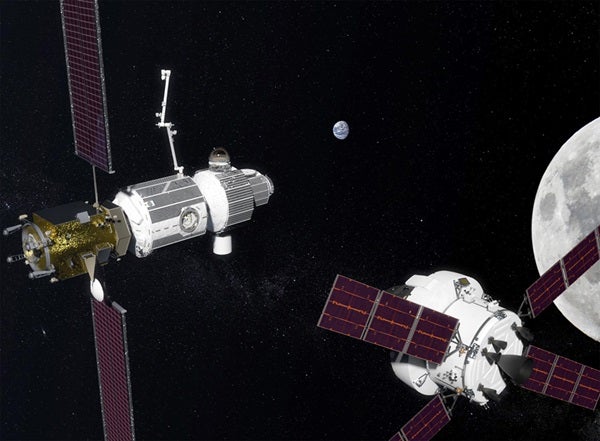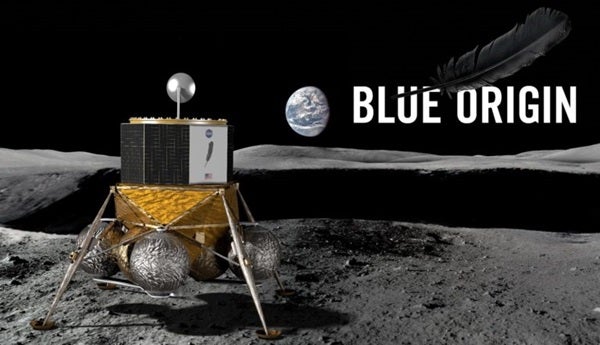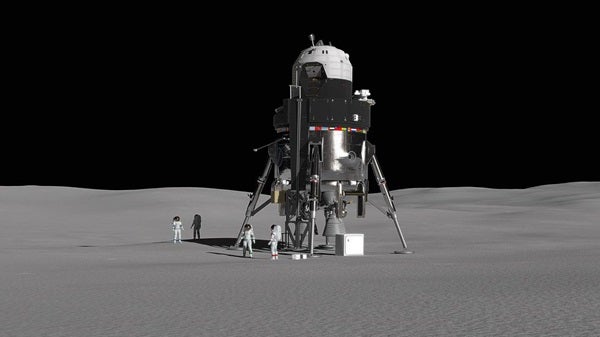The Moon is a logical stepping stone for longer missions to Mars and beyond, and it offers a crucial testing ground for cutting-edge technology. Accordingly, its a prime target for the players in the new space race.
The proposed NASA lunar outpost would remain in a high lunar orbit and allow for scientific and commercial activity. Officials have stated that the outpost could be built and ready to house astronauts as early as the mid-2020s, though the rocket and capsule NASA plans to use for building and visiting the station are still being developed.
This lunar outpost will hold a maximum of four astronauts at a time for between 30 and 90 days. But, while the outpost will allow astronauts to work and experiment around the Moon, it might be accompanied by new tech designed by Blue Origin and Lockheed Martin to actually land astronauts on the lunar surface.
Blue Moon’s reusable design is part of the company’s multi-step plan to advance its space exploration efforts.
“The next logical step in this path is a return to the Moon. To do this we need reusable access to the lunar surface and its resources. We’re in the conceptual design phase of a large lunar lander that will provide that access called Blue Moon,” Blue Origin said in the statement.
These innovative designs might make it seem like we’re one small step from returning to the Moon. However, there are serious hurdles to overcome before we successfully reach our rocky satellite. First and foremost, we have to get there.
NASA’s lunar outpost and both Blue Origins and Lockheed Martin’s landers plan to launch using NASA’s massive Space Launch System (SLS) rocket. It will be the most powerful rocket NASA has ever built, but development has hit a number of setbacks and its first flight continues to be delayed. Additionally, NASA is not looking for landers as large as Lockheed Martin’s proposed lander.
It is unclear exactly how we will return to the Moon. But, with serious support from the U.S. Government and ambitious projects from space agencies and industry partners, it’s bound to happen.












